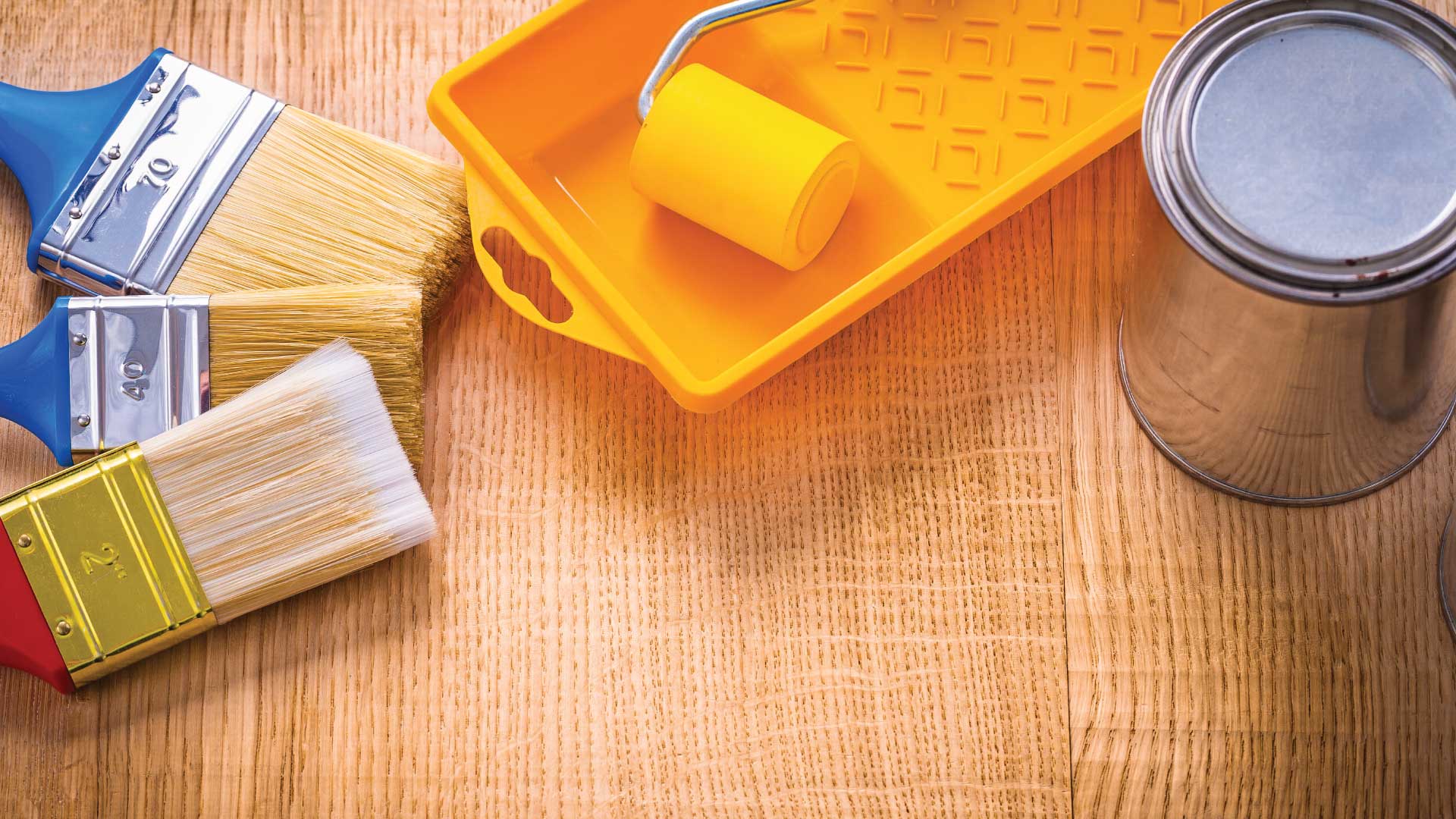
Painting ceilings can be a challenging task, but with the right techniques and tools, you can achieve professional-looking results. Whether you’re painting a room for the first time or giving it a fresh coat of paint, these pro tips will help you get the job done efficiently and effectively.
1. Choose the Right Paint
Selecting the right paint is crucial for a successful ceiling painting project. Opt for a high-quality ceiling paint that is specifically formulated for ceilings. These paints are often thicker than regular wall paints, making them less likely to drip or splatter during application. Additionally, choose a paint finish that suits your needs, such as flat or matte for a smooth, non-reflective finish, or semi-gloss for easier cleaning and a bit of sheen.
2. Use the Right Tools
Having the right tools can make a significant difference in the outcome of your ceiling painting project. Invest in a sturdy extension pole for your paint roller to reach high ceilings without the need for a ladder. A quality paint roller with a thick nap (1/2 inch to 3/4 inch) will help you apply paint evenly and cover imperfections in the ceiling surface. Additionally, a high-quality paintbrush is essential for cutting in along the edges of the ceiling and corners.
3. Prep the Ceiling
Proper preparation is key to a successful ceiling painting project. Start by removing furniture from the room or covering it with plastic sheets to protect it from paint splatter. Use painter’s tape to mask off areas that you don’t want to be painted, such as walls, trim, and light fixtures. Clean the ceiling surface thoroughly to remove dust, dirt, and grease, as these can affect the adhesion of the paint.
4. Prime the Ceiling
While not always necessary, priming the ceiling can help the paint adhere better and provide a more uniform finish. Use a high-quality primer that is suitable for the surface you’re painting (e.g., drywall, plaster) and allow it to dry completely before applying the paint. Primer also helps to cover stains and imperfections in the ceiling, ensuring a smoother finish.
5. Start Painting
When you’re ready to start painting, pour some paint into a paint tray and load your roller evenly. Begin by cutting in along the edges of the ceiling with a paintbrush, then use the roller to apply paint in a “W” pattern to ensure even coverage. Work in small sections, overlapping each stroke slightly to avoid leaving gaps. Use a steady, even pressure when applying the paint to avoid drips and splatters.
6. Work in Sections
Painting the entire ceiling at once can be overwhelming, especially if you’re working alone. Instead, divide the ceiling into manageable sections and paint one section at a time. This approach will help you maintain control over the paint and ensure a more consistent finish.
7. Watch for Drips and Splatters
Ceiling painting can be messy, so it’s essential to watch for drips and splatters as you work. If you notice any, use a clean, dry brush or roller to quickly smooth them out before they dry. Keeping a damp cloth handy can also help you clean up any accidental spills or splatters.
8. Allow Sufficient Drying Time
After you’ve finished painting the ceiling, allow it to dry completely before moving furniture back into the room or removing painter’s tape. Follow the manufacturer’s instructions for drying times, and avoid touching or leaning objects against the ceiling until it’s fully dry to avoid smudges or marks.
Conclusion:
Painting ceilings requires patience, attention to detail, and the right tools and techniques. By following these pro tips, you can achieve professional-looking results and transform the look of any room in your home. Remember to take your time, work carefully, and enjoy the process of creating a fresh, new look for your space.



